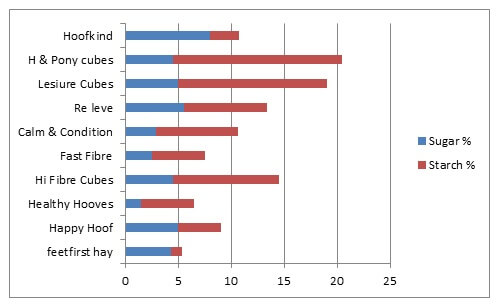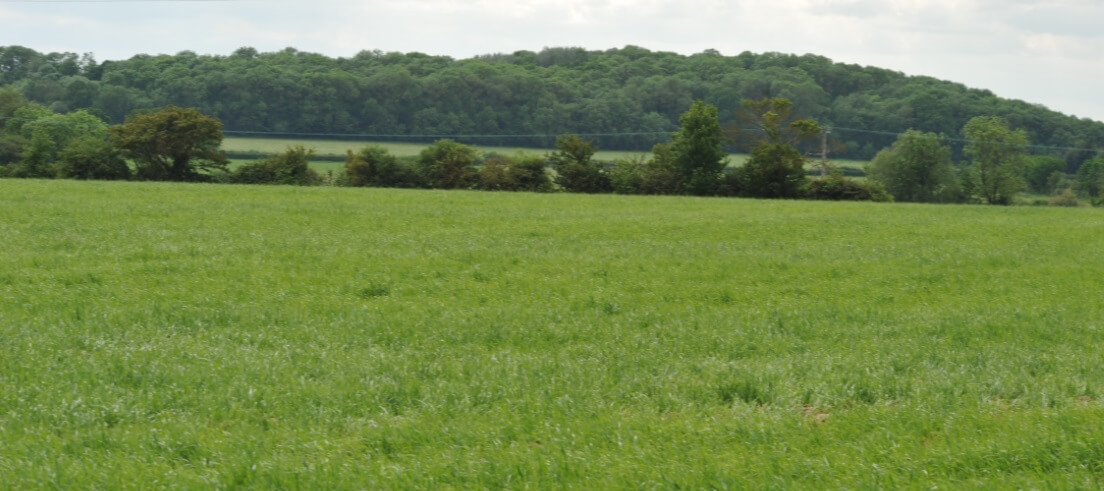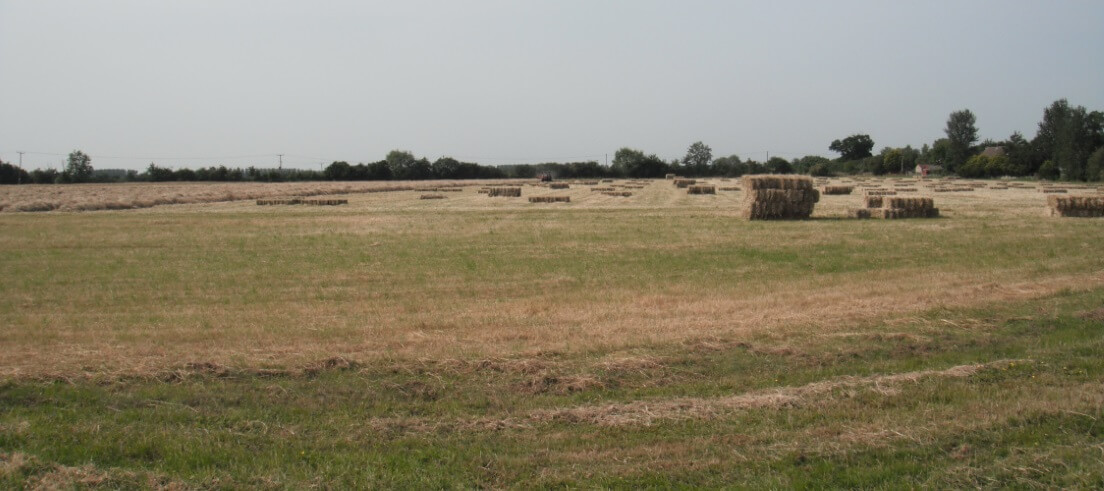Feetfirst hay putting science into practice
Feeding horses and ponies as nature intended
Here at feetfirstTM hay we are totally committed to producing the right quality forage for horses and ponies – feeding them the way nature intended.
The equine species evolved, survived and flourished in the wild as obligate herbivores and trickle feeders eating grass low in sugar, carbohydrates, starch and protein. Feeding them any other way works against nature and evolution and will inevitably stress and challenge their metabolic system.
Over recent years, more and more horses and ponies are being diagnosed with Insulin Resistance, Equine Metabolic Syndrome, PSSM, Cushings (PPID) and Ulcers. Laminitis used to be the scourge of the overweight and under-exercised pony. Now it is commonplace and one of the largest killers of horses and ponies in the UK.
We have used the best scientific research combined with our knowledge of farming, plant breeding and a lifetime's experience of keeping horses and ponies to develop our own unique brand of hay that is low in sugar and starch. The result is feetfirstTM hay. It has the best nutritional profile for all horses and ponies, even those susceptible to laminitis, Insulin Resistance, Equine Metabolic Syndrome, PSSM, Cushings and Ulcers.
Made exclusively by us from our own unique blend of traditional pasture grasses, each batch is rigorously analysed and only if it is under 10% combined sugar (ESC) and starch will it be awarded the feetfirst™ brand.
Forget expensive bagged feeds and chaffs. Forget complicated balancers and 'specialist' supplements. Fed with a recommended mineral supplement, feetfirstTM hay is all most horses and ponies need for a balanced and healthy diet.
You can't buy feetfirstTM hay anywhere else because no one else makes it.
Prevention is better than cure
Unfortunately, many bagged feeds, chaffs, forage mixes and balancers – even the ones promoted for laminitics- are too high in sugar and starch and can trigger laminitis in our experience.
Feeding just 500gms of a supplement, forage mix or chaff per day can represent over 13% of a 250kg pony's daily food allowance in one meal. If high in sugar and starch this can be enough to trigger the cascade of events that can elevate blood glucose levels and bring on an attack of laminitis in highly susceptible animals.
For horses or ponies on a high starch diet, the environment in the hind gut can be altered leading to lowered pH levels putting them at risk of ulcers.
A comparison of some well-known products shows just how high their sugar and starch levels are compared to feetfirstTM hay:

Providing a diet based on high quality forage with a horse friendly nutritional profile will go a long way towards preventing many common conditions. This means feeding a forage low in sugar and starch, such as feetfirstTMhay and providing regular exercise.
According to independent nutrition experts, insulin resistance and laminitis are best controlled when the combined sugar (ESC) and starch levels in hay are below 10%**. This is the upper limit we set for feetfirstTMhay.
Where problems have already occurred
Where health problems have been diagnosed by a veterinary surgeon, you can use feetfirstTM hay to help manage the condition. Seasonal changes in the presentation of symptoms and day to day changes in the quality and quantity of your grazing can make management difficult. The consistent quality of feetfirstTM hay removes much of the variability from your management regime making it easier for you to monitor and control the problem.
Have a look at our case studies to see how one owner is using feetfirstTM hay to manage her pony's weight and another has seen the benefits of feeding it to his mare with Cushings (PPID).
All horses and ponies need to eat approximately 2% of their bodyweight in forage (or forage and feed) per day to maintain condition when in light to medium work. If they are overweight then this can be reduced to 1.5%. Any less can compromise their health causing mental distress (possibly leading to development of stereotypies), metabolic dysfunction (ketosis), and stomach (gastric) ulcers.
Much of today's hay and forage is too high in sugar, carbohydrates, starch and protein for many horses and ponies making it very difficult to control weight and manage laminitis and other problems while maintaining adequate forage intake. Soaking will not make unsuitable hay 'safe' to feed to susceptible animals.
Most bagged chaffs and compound feeds are also too high in sugar, carbohydrates, starch and protein for horses and ponies in light to medium work. However, these products are heavily promoted as an essential component of the equine diet in the belief that they will provide the required mineral supplementation in the diet. The type of starch and processing also influences how easily it is digested and has implications for the health of the hind gut.
There are so many supplements and bagged feeds on the market that providing a balanced diet for you horse and pony seems very complicated and overwhelming. The underlying principle is very simple though –if the basic nutritional profile of the diet is unsuitable, no balancer or supplement will correct it.
Simply feed a diet based on feetfirstTM hay – which is low in sugar and starch – with a separate, low calorie mineral supplement such as Barn Bag (1). You can then manage energy (calorie) intake independently of mineral supplementation.
Eliminate all bagged feeds or forage from the diet, even those recommended for laminitics.
If more energy is required for weight gain or increasing work load, non-molassed sugar beet pulp or vegetable oil are recommended as a suitable source of extra calories and energy (1).
It is as easy as that! Using feetfirstTM hay, you are keeping as closely as possible to a natural diet.
(1) Life Data (http://www.lifedatalabs.co.uk/)



